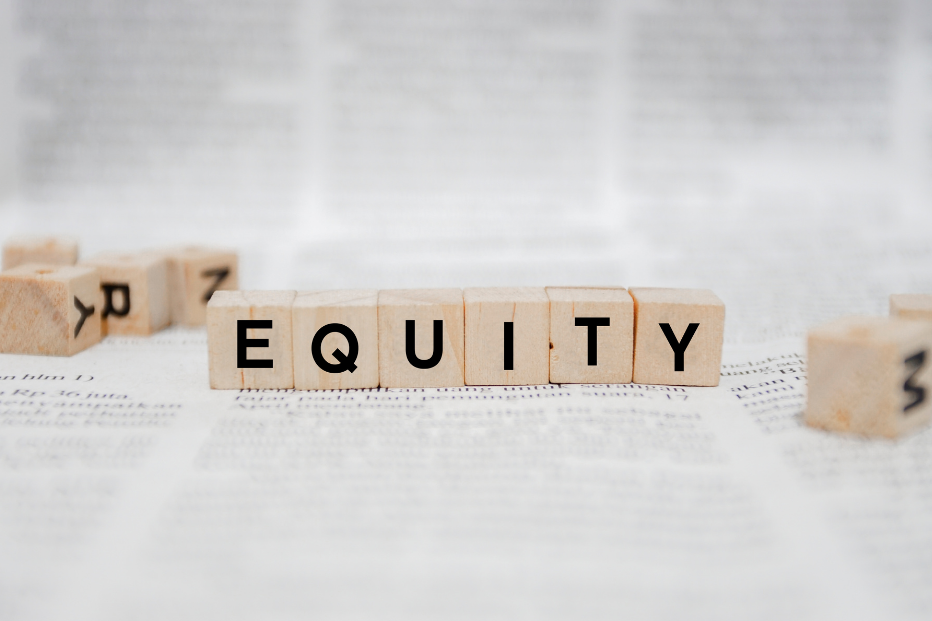
Beyond the Compensation Audit
BiasSync
ShareIs there true equity within your organization? Not just equality—but equity. What’s the difference? Equality generally refers to treating all employees the same—no matter their race, gender, ethnicity, and other factors. Equity goes a bit farther—it takes into account differences in access and opportunities and ensures everyone can reach their full potential.
“Equity refers to a state where everyone—regardless of their ethnic background, country of origin, age, physical ability/disability, or gender—has a level playing field,” says HR Technologist, a news and research organization.
“When diversity, inclusion, and equity go together, your workforce is empowered to bring their best to work,” they add.
Many organizations, however, fail to see how inequity manifests within their very own walls. While they may take stock of their equity efforts through, say, a compensation audit, such measures fall short of revealing the full picture. Many companies require a framework that looks at equity beyond compensation audits. They need an assessment that surpasses typical surveys. The light and easy way to deal with workplace inequity is simply not enough. Getting to the real heart of where inequity can have a negative impact on a company requires a deeper dig. It requires an evidence-based framework analyzing equity throughout an organization’s life cycle—from recruitment to retention incorporating aspects of identity (including disability, LGBTQIA+, race, and other underrepresented communities). That is why BiasSync has developed a proprietary 8-Touchstone Equity Audit.
Inclusion vs. equity
When assessing workplace fairness, it’s important to distinguish your inclusion metrics from your equity metrics. While both are important, conflating the two can lead to an ineffective and disorganized approach to diversity, equity, inclusion, and accessibility (DEIA).
So, not only should organizations—from private companies to government agencies—make the distinction between equity and equality, they must also understand the difference between equity and inclusion. Inclusion is the state of belonging and acceptance that employees experience in your organization. Equity, on the other hand, is related to the policies, practices, and structure that provide opportunity and access while adjusting for disparities.
Proof in the data
With so many organizations prioritizing equity, inclusion, and fairness, now is the time to take stock. In fact, there are numerous studies proving a direct correlation between diversity and organizational success. One such piece of research found that companies with greater diversity among their management teams are typically more innovative and can reap as much as 19% higher revenues.
And, generally, equity and diversity are turning into hot button issues among whole industries. It is becoming imperative for companies to be much more upfront with their DEIA efforts. You only need to look at the Workplace Equity Disclosure Statement, an official request from a $1.7 trillion investment group requiring equity data from potential partners.
When coupled with other bias assessment tools and personality measures, a thorough equity survey offers a more accurate, comprehensive, and quantitative view of bias across the entire organization. It is instrumental in helping not only discover inequities but ensuring they are put to an end.
Why equity now
Leading research points to five major benefits to surveying and addressing equity in the workplace.
First, equity encourages cognitive diversity, particularly when it comes to making decisions. In turn, this cognitive diversity—which promotes more methods for problem-solving—creates greater job satisfaction and employee engagement. Ultimately, taking a measured, deliberate approach to equity improves a company’s agility and resilience.
Second, equity facilitates greater upskilling for a multifaceted, diverse workforce. Failing to focus on equity means that the same learning and development plan would apply across your entire staff. Consequently, you risk preventing a big segment of your people from reaching their full potential. Pairing equity with diversity and inclusion helps identify the skills a company needs and match them with the right programs to train every person so they can do their best work. Third, equity creates a higher degree of engagement among specific groups of employees. Every employee has different needs. Accommodating each doesn’t require you to make any drastic changes to your company policies. It simply demonstrates your flexibility in offering employees the best environment to perform well. So, by molding factors like onboarding, communication, and recognition to each employee’s requirements, you can help level your organization’s playing field more evenly.
Fourth, equity helps companies avoid job dissatisfaction and employee attrition. Addressing equity head-on helps prevent workplace unrest, which can ultimately rein in attrition. So, for example, a company could encourage people from various groups to lead meetings or head up activities, increasing satisfaction across the board. Make no mistake—creating equity is hard work. But employee turnover costs far more in the long run.
Fifth—and last—equity is key to creating a shared vision across the entire company. A strong DEIA program’s goal is to help ensure every employee plays a part in your overarching goals and organizational vision. This requires a certain amount of flexibility and openness on the company’s part. And again, the benefits of tailoring a workplace culture to be more inclusive far outweigh the costs.
Discovering your true equity quotient helps pinpoint the demographic data comprising the needs of different people across a wide spectrum that includes nationality, race, gender, ethnicity and a host of other factors. Taking the time to address equity with the right tools and assessments will ultimately help your company reach—or even exceed—its most ambitious goals.
It’s no longer sufficient to simply address where your organization may have inequities. You must also diagnose what kind of inequities exist. This requires sophisticated, research-backed diagnostics that help you understand the root causes of inequity within your organization. What’s more, having action-oriented recommendations based on the survey can not only help your DEIA efforts, but stimulate greater success overall.
Learn more about the BiasSync tools at your disposal to rectify workplace inequities.
Not just diversity. Inclusion.
Diversity is not just about numbers. It’s about people’s experiences in the workplace. If you’re ready to understand how bias impacts your company—with data to make effective changes, contact us now.